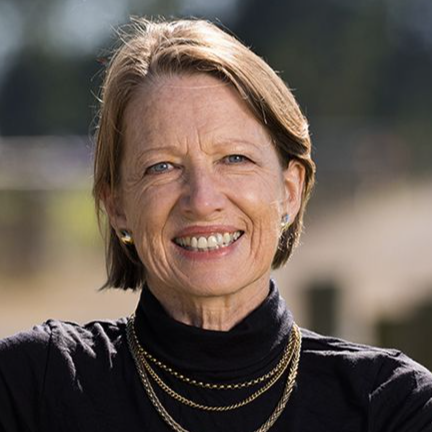The Pont Alexandre III is the bridge across the River Seine where entrants for different summer Olympic events entered the water a month ago.
All five events (triathlons, marathons and mixed relay) were completed when the water quality was deemed safe; that is, the risk of bacterial infection was considered by the French to be low.
This is a testament to the efforts of the French to clean up the river - a €1.4b project which started in 2015.
Some of the measures put in place to improve water quality included the construction of a huge basin to capture excess rainwater and stop wastewater from flowing into the river, renovating sewer infrastructure and upgrading wastewater treatment plants.
There are shades of Auckland and Wellington in this.
Expensive work on wastewater infrastructure is needed in practically every city in New Zealand.
The result is clear in summer when beaches are closed for swimming.
Back in Paris, three weeks before the start of the 2024 Games, a rehearsal for the opening ceremony was cancelled due to high concentrations of faecal bacteria in the Seine.
Rainfall, high flow, little sunshine, temperatures below seasonal norms and pollution from upstream were cited as causing the problems.
On July 17, Paris Mayor Anne Hidalgo went for a swim to demonstrate the safety of the water.
She was joined by various others of varying fame, all exhibiting their support for the effectiveness of the clean-up measures.
No reports of the exhibitionists being ill appeared in the media, but test results showed the E. coli concentration was 985 colony-forming units (cfu) per 100 millilitres.
On July 31, Olympic organisers confirmed the women’s and men’s Olympic triathlon races would go ahead in the Seine, based on water tests showing compliance with quality standards (below 900 cfus).
Although some swimmers encountered unidentified floating objects of dubious colour and teams have subsequently reported some athletes had gastrointestinal upsets, nobody has made a direct link to the water.
Yet the athletes were swimming in water containing twice as many faecal bacteria as what would have triggered “no swim” warnings in New Zealand.
DairyNZ water scientists have made the comparison and pointed out:
- Triathlon rules (European bathing standards) state water should have no more than 900 E. coli bacteria per 100 millilitres.
- In New Zealand, if a water body has more than 540 E. coli per 100 millilitres, local councils are required to issue no-swim warnings.
Of further interest is that the EU measures E. coli during the swimming season only.
Listen to Rowena Duncum interview Dr Jacqueline Rowarth on The Country below:
Measurements are made at least four times, not after heavy rain (termed short-term pollution), and a certain number of outliers can be discarded.
Over 85% of European waters met the “excellent” bathing quality standards in 2023; 96% of all officially identified bathing waters in the EU met the minimum quality standards, with only 1.5% rated as “poor”.
In considerable contrast, for the National Policy Standards on Fresh Water, New Zealand measures on a “monthly monitoring regime where sites are visited on a regular basis regardless of weather and flow conditions”.
This means including during heavy rain and flood.
The result has been negative media coverage - “45% of the country’s entire river length was deemed unswimmable” - and calls for more action, including a jibe at dairy cows.
But E. coli can enter waterways from a range of sources and pathways, including wastewater and stormwater discharges or overflows, runoff from urban and agricultural land, seepage from failing septic tanks, and direct deposition by livestock and wild animals
In the last swimming season, the Waikato River at Hamilton’s Wellington St beach was graded as suitable for swimming 92% of the time.
Only 4% of the time was the site declared unsuitable for swimming, i.e. over 540 colony-forming units.
That site has a long-term grade of “poor” for swimming quality as a result of measurements taken outside the swimming season.
The source of E. coli is not recorded as part of the swimming testing.
Data on E. coli per animal (from a literature review for Environment Canterbury by ESR in 2015) suggest a single duck produces 5.8 times more E. coli per day than one dairy cow and lambs produce over 200 times more.
Although humans are more susceptible to mammalian E. coli than avian, the fact there are so many bird-derived E. coli around increases the likelihood of interception - particularly after heavy or prolonged rainfall (when the guidelines say “don’t swim”).
The focus for New Zealand investment should be on the cities and towns where wastewater, including sewage, is bubbling into streets and on to beaches.
The Paralympians, another focus for some people, might or might not be swimming in the Seine.
Track records suggest whether they do or not, most contestants will stay healthy.
